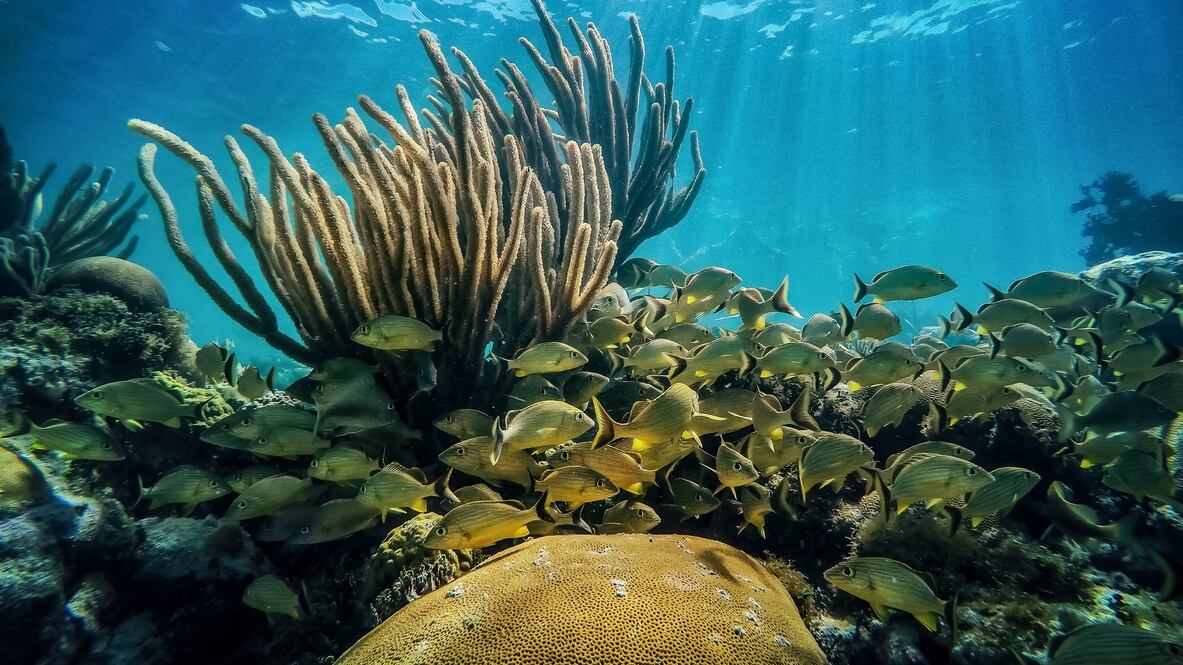The ocean is feeling more like a hot tub in the Florida Keys.
A buoy in Manatee Bay south of Miami had a temperature reading of 101.1 degrees on Monday evening at 6 p.m. The low registered by the buoy was 91 degrees earlier Monday, The Washington Post reported.
The temperature hovered over 100 through 8 p.m. Monday, CBS News reported. It has stayed above 91.6 degrees since Monday.
On Sunday, the same buoy hit 100.2 degrees, NBC News reported.
To put that in perspective, the best temperature for a hot tub is 100 to 102 degrees, according to jacuzzi.com.
It may be a record. There are no official records kept for ocean temperatures but it is believed that the highest that sea or ocean water has reached was 99.7 degrees in Kuwait Bay, according to Jeff Masters, meteorologist and Yale Climate Connections writer.
Would 101.1°F be a world record SST? Well, official world SST records are not kept. But according to a 2020 paper, https://t.co/BAAc2a9wBa,
— Jeff Masters (@DrJeffMasters) July 25, 2023
the world SST record may be 37.6°C (99.7°F), recorded by the offshore station KISR01 in the middle of Kuwait Bay. 5/9
Still, there are several factors to consider if it is a real record as the buoy is near land and there may be organic matter that made the temperature rise, CBS News reported. Neighboring buoys have registered water in the mid-90s. It could also be an issue with the sensor, NBC News reported.
While swimmers may not get the shock of cold water when jumping into the ocean, the jacuzzi-like water could have a devastating effect on the coral in the area.
A coral reef restoration site off the South Florida coast had “100% coral mortality,” CBS News reported.
The Coral Restoration Foundation in Key Largo said last week that the high water temperatures are creating “a severe and urgent crisis,” The Washington Post reported.
“What we found was unimaginable — 100% coral mortality,” Phanor Montoya-Maya, the restoration program manager said, according to the newspaper. “We have also lost almost all the corals in the Looe Key Nursery in the Lower Keys.”
National Oceanic and Atmospheric Administration researcher Andrew Ibarra visited another area in the Keys by kayak and said, “I found that the entire reef was bleached out. Every single coral colony was exhibiting some form of paling, partial bleaching or full out bleaching,” The Associated Press reported.
About 40 years ago, coral bleaching was not an issue but over the past four decades “now we’ve reached the point where it’s become routine,” Ian Enochs, NOAA’s Atlantic Oceanographic and Meteorological Laboratory lead of the coral program, said.
Bleaching doesn’t kill coral but makes it weak
Hot water causes algae that live in coral to be expelled, making the coral white and allowing it to succumb to disease and die. When coral dies, that removes a source of food and shelter for sea life, with some marine experts saying that if the sea temperatures continue to rise there could be many species extinct by 2100, the Post reported.
Coral is also a barrier to hurricanes in Florida and is crucial for the state’s fishing and tourism industries, CBS News reported.







